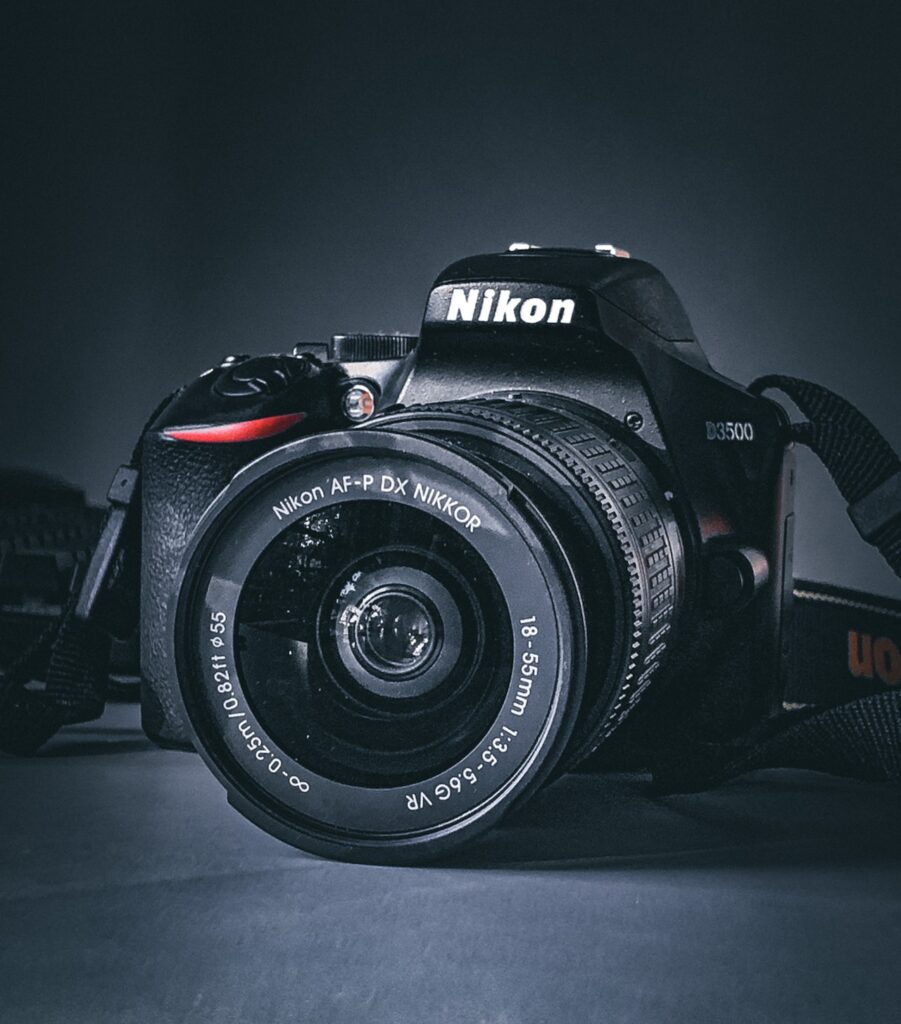Aperture is the opening of a lens’s diaphragm through which light passes. It is calibrated in f/stops and written in numbers such as: 1.4, 2, 2.8, 4, 8, 11, 5.6, 16. Lower f/stops represent larger apertures, so they give more exposure. The higher f/stops gives less exposure so they are the smaller apertures. In this article, we will show you how to change aperture on Nikon.
You can check your camera’s manual to know how to set aperture priority for your camera. Experiment with the aperture to get familiar with the varying f/stops, change the apertures and try to recognize the effects different apertures will have on the pictures you have taken.
Photographers use aperture in their cameran to experiment with focus, depth of field, brightness, sharpness and more.
Both aperture and shutter speed in manual mode offers great scope for expression. But if the combination of both is wrong, your photo will be too bright or too dark. Always keep your eye on the exposure indicator when choosing aperture and shutter speed to ensure the combination matches.
Where is aperture located on a Nikon lens
All camera lenses have a maximum aperture, likewise Nikon lenses which lists the widest possible aperture on the lens barrel.
See where to find aperture on Nikon:

How to Change aperture on Nikon
- Rotate the mode dial to M.
- Adjust shutter speed and aperture in the exposure indicator.
- Shutter speed is selected by rotating the dial right or left. Right for faster speeds and left for slower speeds.
- To adjust aperture on your camera, keep the Adjusting aperture button pressed, and rotate the command dial left or right. Left for larger apertures/lower f-numbers and right for smaller apertures/higher f-numbers.
Note that the variations between f-stop numbers varies. It means that;
- The lower the f-stop, the wider the aperture. This will help you keep your background focused.
- The higher your f-stop, the narrower your aperture. To keep your foreground and background in focus.
- Focus stacking helps you focus your entire photo even if there are multiple focal points.
- Selective focus brings a single area of your photo into focus while blending and blurring out the rest.
- Soft focus gently obscures the photo’s focus to give it a dreamy feel.
Aperture settings add more quality to each photo you take.
How aperture affects shutter speed
If you use a low f/stop, more light will enter the lens and so the shutter doesn’t need to stay open for a long time to make a correct exposure which translates into a faster shutter speed. The reverse is the case, use a high f/stop and less light will enter the lens and therefore the shutter will need to stay open a little longer which translates into a slower shutter speed.
How aperture affects depth of field
Depth of field is the amount of acceptable sharpness in front of and behind the subject of focus. How sharp or blurry is the area behind your subject?
The lower the f/stop then the larger the opening in the lens which translates to less depth of field and a blur background.
The higher the f/stop, then the smaller the opening in the lens which translates to a greater depth of field and a sharper background.
How to choose aperture
Aperture for portraits: In this case use “selective focus” to separate the subject from the background. Choosing a large aperture e.g. f2.8 creates very shallow depth of field with only the subject, or just a portion of the subject, in focus.
Aperture for landscape photography: Much detail is needed in landscape photography, from foreground to background. Choose a small aperture like f/8 or f/11 to achieve the maximum depth of field.
Aperture for Intermediate Depth of Field: Choose a mid range f/stop like f/5.6 to achieve this. Image playback requires you to use the magnifying function in the LCD to zoom in and check the depth of field; make necessary adjustments and reshoot.

